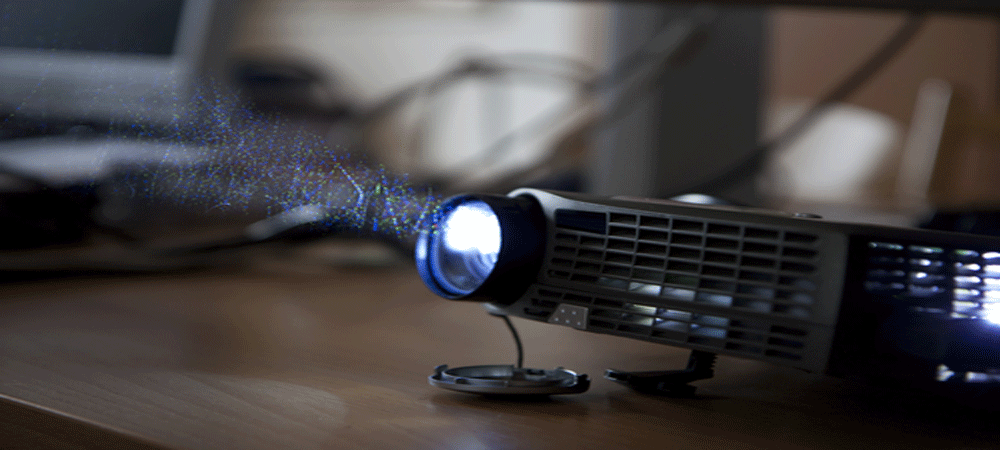Brightness has always been an important aspect while buying a projector. Lumens and Lux are the common terms that define the brightness of any projector by the manufacturers. However, only a few customers are aware that these terms have different dimensions. Hence, using them interchangeably is a huge mistake. This blog post will focus on Lux Vs Lumens Projectors – how these terms are different from each other?
Hence, you should know that Lux is different from lumens. Knowing such terms is important for a customer to make the right decision. Are you are on the lookout for the best projectors for Bright rooms? Only knowing about the different units can help you to make a judicious decision.
Table of Contents
What are the units of measuring light in Projectors?
ANSI lumens, foot-lamberts, lux and lumens are some of the units which are used to measure brightness. However, lux and lumens are the most common units that are frequently used for projectors.
Lux Vs Lumens Projectors
 Lumens measure the total amount of light produced by a light source at each unit of time. Higher the lumens, brighter is the light.
Lumens measure the total amount of light produced by a light source at each unit of time. Higher the lumens, brighter is the light.
Lux measures the brightness of the surface area. For projectors, lux is equal to one lumen per square meter. It is commonly refer to the illuminiance. Hence the amount of light capable of illuminating the surface is measured in terms of lux.
As both lumen and lux measure the luminance of a light source, they are closely related to each other. But the context of measurements is different. Lumen measures the light produced from a light source considering the human eye sensitivity. But, Lux measures the brightness of light how it spreads over the area.
While former are generally constant with the number but the later varies with the increase and decrease of distance. After considering both specs, you can decide on buying a projector with reliable brightness to produce a clear image irrespective of distance.
How many Lumens a projector needs?
 Depending on your use, you can choose the projector based on its lumen rating. Resolution, content and ambient are the important factors one need to consider before deciding on the reasonable lumens for a projector. Say, for ambient lighting conditions, a projector with more than 3500 lumens is a good deal.
Depending on your use, you can choose the projector based on its lumen rating. Resolution, content and ambient are the important factors one need to consider before deciding on the reasonable lumens for a projector. Say, for ambient lighting conditions, a projector with more than 3500 lumens is a good deal.
The content that you need to reflect i.e. the use of your projector also dictates the lumen rating. A business projector can be effective at a low lumen rating but watching a movie in your backyard may require high lumens depending on the conditions.
Lumen Ratings we recommend for different uses of projector:
- Best Projector for gaming < 2000 lumens
- Best projector for Office presentation < 1500 lumens
- Best Projector for movies < 2000 lumens
Projectors for school work can justify at 1500 lumens or more. But if you want to buy a projector for your home theatre, settling the lumens less than 2000 may defeat the purpose. Once you consider the other factors as resolution, contrast, throw ratio and lux, the need for high lumen is likely to arise.
Say, gaming projectors come with a resolution of 1080p while home theatre projectors offer 4k or 1080p resolution. The idea for sufficient lumens is to achieve clear image quality.
Lighting conditions is one of the significant aspects to determine the lumen required for a projector. Consider the screen size along with the environment where you are going to project the images. If you have no control over lighting, it is recommended to choose a projector with a <3000 lumens rating to get clear images. Otherwise, the images will fade away if the projector is of low lumen rating. If you are going for use projectors outside, consider buying 4000 lumen projectors.
Are ANSI lumens different from lumens?
Yes, ANSI lumens are different from lumens. Compared to lumens, ANSI is more accurate by involving more variables. Most of the modern projectors come with ANSI lumens with each unit more quantified.
Conclusion
Both lumens and lux represent the different qualities of a projector. Comparing the two to assess the brightness of a projector is vague. You should both factors into consideration. While lumen represents the amount of light produced by the source, it remains constant. But lux varies with the distance of the projector from the screen. The only way to determine if the projector is sufficiently bright or not is to check its lumen ratings.




